Born to Polish Jewish immigrants in Des Moines, Iowa, Carl Byoir started his career like a lot of the PR men we've profiled here: working for a newspaper. At just 17, he was appointed managing editor of his local newspaper, The Waterloo (Iowa) Times-Tribune. He put himself through college and started a savings account with money he won from various writing and debate contests. While at school, he helped publicize various shows the drama program put on, and staged his first big public relations campaign—to get himself elected manager of the college yearbook. He graduated from the University of Iowa in 1910 and enrolled at Columbia's Law School.
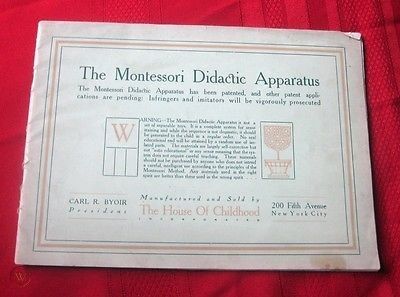
Montessori
Here's a plot twist if there ever was one: Byoir is largely responsible for bringing the Montessori approach to early childhood education to the United States. On the train on his way to law school one day, he read a magazine feature about Maria Montessori and her approach to kindergarten. He thought American mothers would love this approach, so he took a leave of absence from law school and went to study under Montessori in Italy for a few weeks so that he could become the U.S. expert on her system. Then he bought the American franchise for the system and started a small publishing company called The House of Childhood. Through that company, Byoir sold both Montessori curricula and training materials, and a magazine for children.
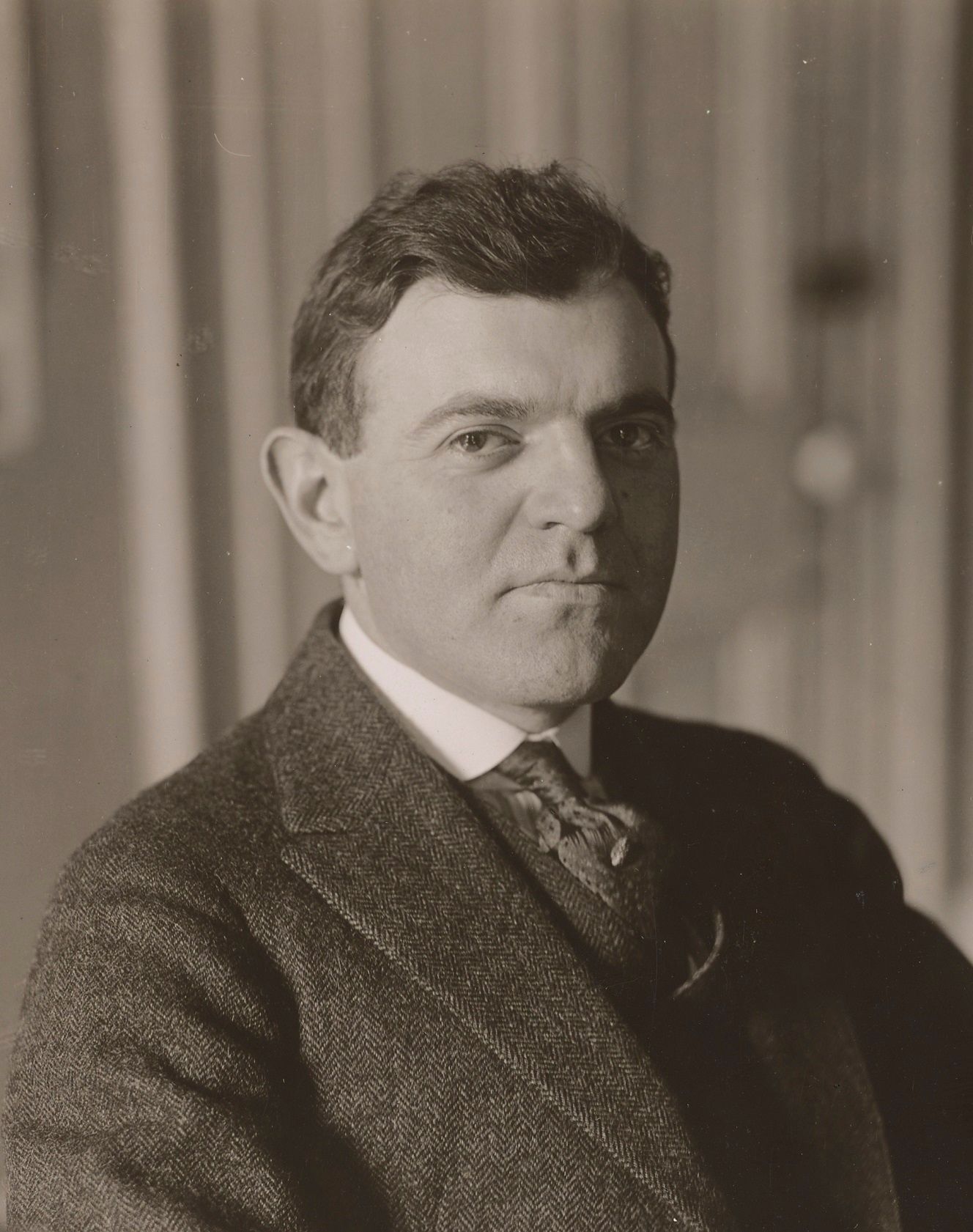
Hearst
Byoir's children's magazine, John Martin's Book, did okay but never succeeded financially the way he'd hoped. He figured it was because he didn't know enough about circulation and ad sales, so he appled for an apprenticeship at Hearst to learn more. He had a real knack for the publishing business and seemed to dominate every department he moved through, ultimately winning a job as circulation manager for all the Hearst publications.
The Creel Committee
Byoir was still at that job at Hearst when the government's propaganda arm, the Committee on Public Information, came calling. One year before Edward L. Bernays joined the Committee on Public Information, Byoir was called to Washington by George Creel, the journalist-turned-political campaigner who ran the Committee. His combination of a law education, sales, advertising, publishing and journalism skills made Byoir the perfect right-hand man for Creel.
Byoir's first challenge for the Committee was just getting things printed. The Committee had the content for its pamphlets and newsletters, but no way to get them made thanks to a backlog of wartime print jobs. Byoir drew on his experience at his college yearbook, remembering that smaller printers that mostly worked on mail order catalogs had a slack period in early spring and fall. He signed a contract with one, got their materials printed and saved the Committee 40 percent. These sorts of feats earned Byoir the nickname "the miracle man."
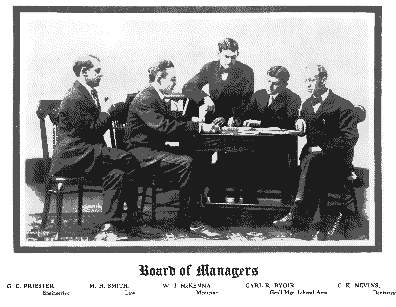

Byoir also helped to recruit and train men who were influential in various communities to become part of the Committee's 4-Minute Men program—the original influencers, these guys gave prepared 4-minute speeches in support of the war effort at various parties, functions, silent film screenings, and conventions. Byoir also helped the Committee reach America's many immigrant communities, placing ads in various foreign language newspapers, enlisting 4-Minute Men in these communities, sending notices directly to people's mailboxes, and creating film reels, all of which helped to increase the number of men enlisting in the military by millions.
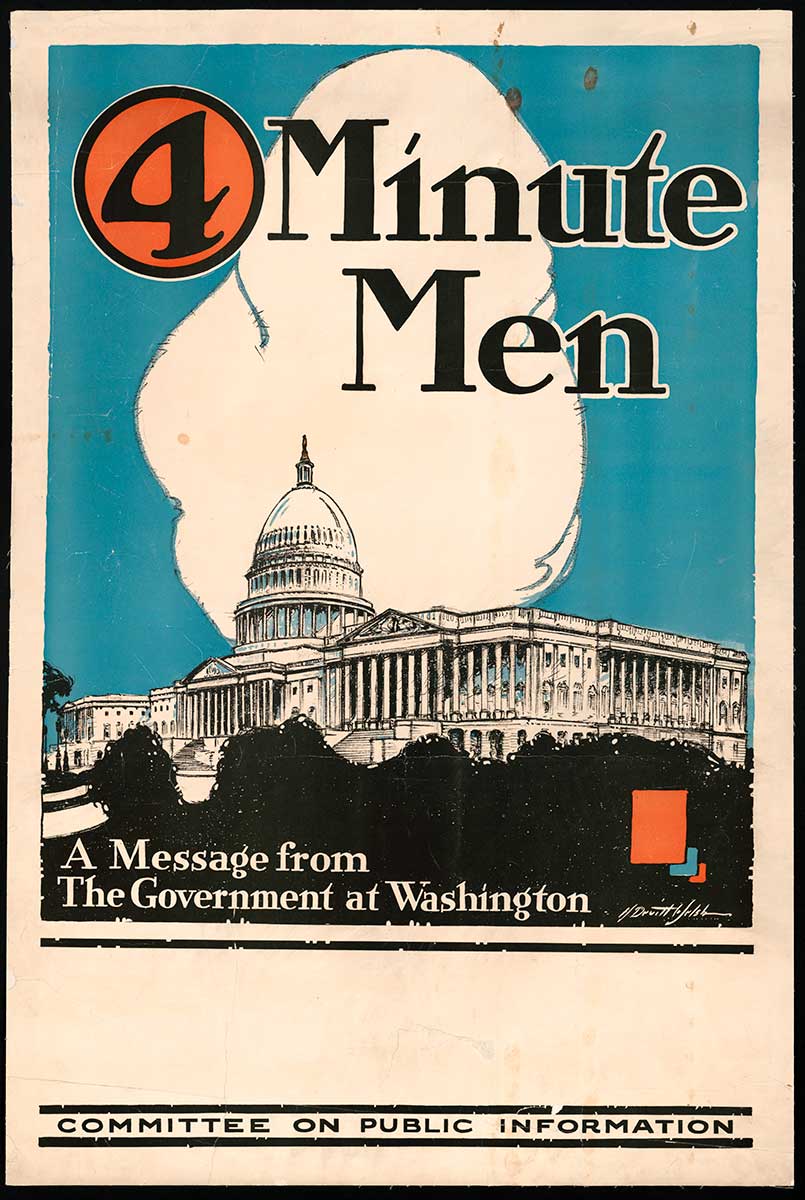
Byoir gained infamy during the 1930s for his role in helping Cuba and then Germany build their tourism industries
he created the March of Dimes as part of an effort to burnish the image of one terrible rich guy. Like Bernays, Byoir was asked to join the Committee on Public Information and help George Creel sell Americans on WWI and sell the rest of the world on America. His work with foreign clients was critical in understanding how to sell American ideas and ideals to other parts of the world. Byoir actually created the model for PR billing and staffing that still exists today.
He was one of only a few Committee members kept on after the war to handle post-war messaging, eventually leaving in 1919 to start his own PR business, and hiring Edward Bernays to help with his very first client, The Lithuanian National Council in the United States. The Council wanted Byoir's help getting the U.S. Senate to officially recognize Lithuania as a free and independent nation, and he delivered. But unlike Bernays, Byoir wasn't immediately great at running a PR business. He went back to what he knew best: sales and advertising, working for Nuxated Iron.
Cuba
It was, of all things, sinus infections that drew Byoir to Cuba in the late 1920s. The warmth and humidity cured him of infections that had been life-threatening living on the U.S. East Coast, and Byoir decided to stay. He leased two newspapers and set about looking for ways to increase circulation. Rather than try to figure out if the techniques he'd used back home would work here, Byoir decided to focus on getting more American tourists to Cuba. He signed a deal with then-president Machado that if he could increase American tourism to Cuba spending his own money, the government would sign a five-year, $300,000 contract to hire Carl Byoir & Associates as the PR firm for the Cuban government. They doubled American tourism to Cuba in just one year and became the country's official PR firm. By 1932, locals were threatening to kill him over his association with Machado, and Byoir fled back to New York to set up shop there again.
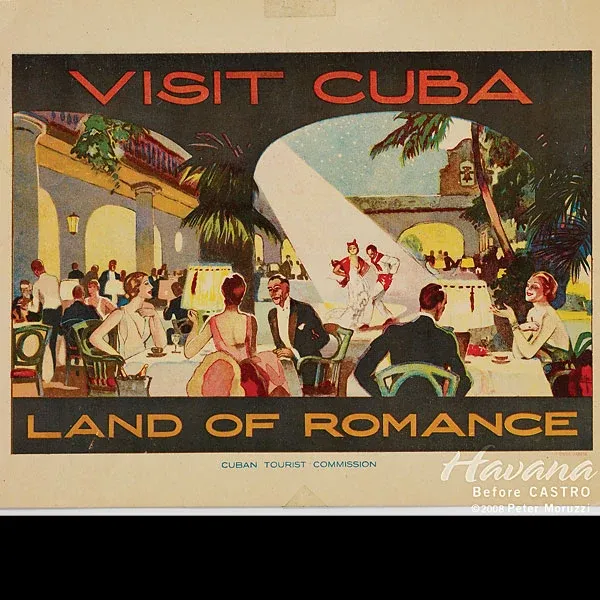
Later, Byoir's work for the German government, trying to encourage more American tourism in Germany, combined with his work for Cuba, would draw raised eyebrows and a trip to the House Un-American Affairs Committee. He was acquitted of any wrongdoing in both cases, but it cast a shadow on his reputation.
March of Dimes
Like Ivy Lee before him, one of Byoir's anchor clients was a shady rich guy who needed help improving his reputation: Henry L. Doherty. Doherty had made most of his millions cutting corners during the Depression, and Byoir was looking for a way to rehabilitate his rep when he got a call from a charity affiliated with Franklin D. Roosevelt. The Warm Springs Infantile Paralysis Foundation wanted a multi-million-dollar donation from Doherty, and Byoir thought it was a great idea.
He designed a fundraising event to make news that would make his client look good. Every person and group involved in the event was part of the sell, for Byoir. He brought in third-party influencers like the Elks, Masons, American Legion, labor unions, business organizations, Kiwanis, Booster and Exchange clubs. And to boost attention, they planned the event for the President's birthday.
Byoir personally called every newspaper publisher in the U.S. and asked them to nominate a local FDR Birthday Ball chairman. Those nominations also made news. Later in his memoir, Byoir mused,
"When you set out to influence and persuade people to action, when the campaign is tremendous, nation-wide [sic] in scope, don't think that it just happens; something has to be done to get millions of people to think the thought you want them to think and then to get them to act on that thought."
The Birthday Ball turned into an annual event, but was eventually rebranded to The March of Dimes.
The A&P
In the late 1930s, at the height of the Depression, legislators began floating the idea of taxing chain stores. The Great Atlantic and Pacific Tea Company (A&P) went to Byoir for help combatting the idea. Byoir used a relatively new technique—opinion polling—to determine that people were generally in favor of taxing chain stores, but were unaware that those taxes would probably increase the cost of the food they were buying. Byoir set about getting that information out and effectively turned the tide. His clients were ecstatic...until the campaign resulted in an anti-trust investigation in the early 1940s.
The Railroad-Truckers Brawl
In the early 1950s, truckers in Pennsylvania wanted to change the laws around weight maximums for trucks. The railroads didn't like this idea because they figured trucking companies would steal railroad clients. Eastern Railroad hired Byoir & Associates to help defeat the proposal and Byoir did his thing. He created ads about how terrible truckers were and created unfavorable ads about truckers and generated anti-truck studies and white papers to distribute to reporters. He also sent journalists an advance copy of Maryland's State Road Commission's test which reported the negative effects of differing truck axles on highways. The bill was vetoed immediately... and Byoir & Associates once again found themselves facing an anti-trust investigation. They would eventually be cleared in 1961, but Byoir himself wouldn't live to see it.